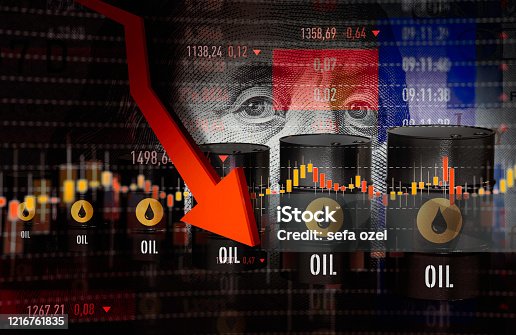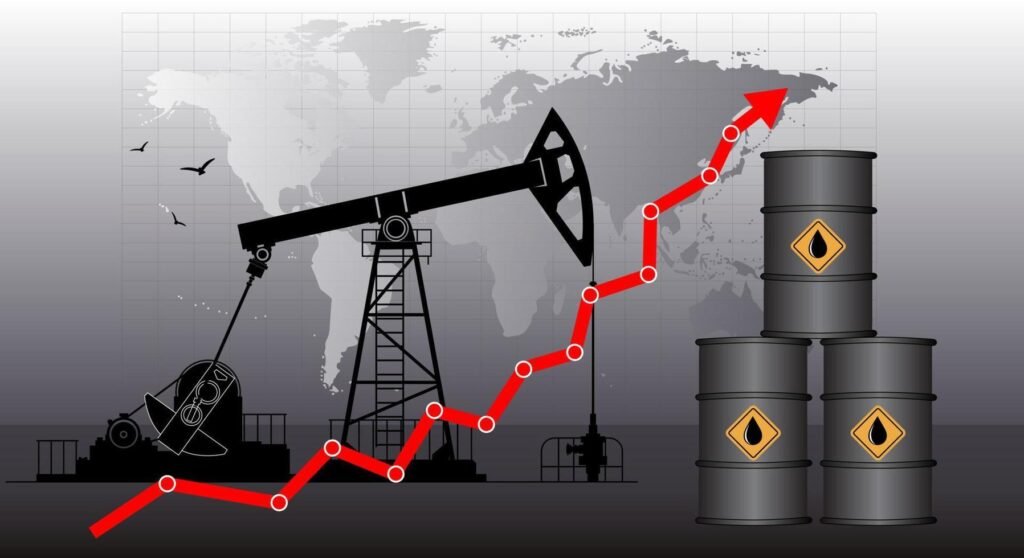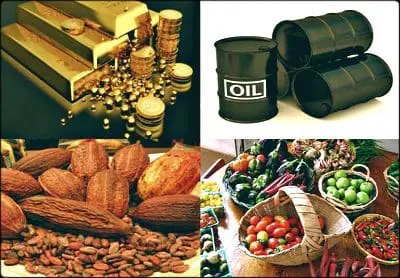Oil prices rose on Friday, marking their strongest weekly performance in more than three months, as escalating tensions between Russia and Ukraine rattled global energy markets and pushed Moscow to extend fuel export restrictions.
At mid-morning trading, Brent crude futures gained 0.2% to $69.55 per barrel, while U.S. West Texas Intermediate (WTI) crude climbed 0.3% to $65.14 per barrel. Both benchmarks were on track for weekly gains exceeding 4%, the largest since mid-June.
Analysts say the surge reflects a heightened “geopolitical risk premium” that has built steadily as Ukrainian drone strikes targeted Russian energy infrastructure in recent weeks.
“The geopolitical risk premium, which has been steadily building over the last two months as Ukrainian drone strikes intensified, has now materialised into an actual supply shortage, much to the detriment of Europe, which is structurally short of distillates.”
Tamas Varga, an analyst at PVM Oil Associates
Russia Tightens Fuel Export Restrictions

In response to mounting supply concerns, Russian Deputy Prime Minister Alexander Novak announced on Thursday that the country would extend its gasoline export ban until the end of the year.
He further revealed that diesel exports by intermediaries, except producers, would also be prohibited under the restrictions.
Novak said the measures were designed to safeguard Russia’s domestic fuel supply amid the disruptions, although deliveries under existing international supply contracts would remain unaffected.
The announcement added fresh momentum to oil prices, with traders interpreting the move as evidence that drone strikes had inflicted significant damage on Russian refining capacity, forcing Moscow to tighten supply channels.
Market watchers warn that if the strikes persist, the damage could extend beyond refined fuels to crude oil production itself, potentially tightening the global market even further.
NATO and Market Sentiment

The geopolitical backdrop has been further complicated by NATO’s recent warning to Moscow, stating it is “ready to respond” to future violations of its airspace.
Analysts believe the statement underscores the risks of escalation, reinforcing bullish sentiment in the oil market.
“Gains were supported by ongoing Ukrainian drone strikes targeting Russian oil infrastructure, NATO’s warning to Russia it is ready to respond to future violations of its airspace, and Russia’s move to halt key fuel exports.”
Tony Sycamore, an analyst at IG
These factors, combined with the supply squeeze, are sustaining the upward momentum in oil prices despite some countervailing economic signals.
Offering a modest offset to the tightening outlook, Iraq’s oil ministry confirmed that crude flows from the Kurdistan region to Turkey will resume on Saturday after a suspension that lasted more than a year.
The pipeline restart, expected to restore about 230,000 barrels per day to global markets, may ease some of the upward pressure on prices.
However, analysts note that this volume pales in comparison to the broader uncertainty surrounding Russian exports, which remain central to global supply chains.
Outlook: Caution and Volatility

Oil markets appear set for a period of heightened volatility, with traders weighing the balance between renewed supply from Iraq, strong U.S. economic data, and the persistent uncertainty stemming from the Russia-Ukraine conflict.
“Markets are caught between conflicting forces. On one side, the resumption of Kurdish exports and robust U.S. data provide some relief.
“On the other, the risks tied to Russia’s fuel export restrictions and Ukrainian strikes are keeping prices elevated.”
Tamas Varga, an analyst at PVM Oil Associates
As tensions persist, analysts predict that traders and policymakers alike will continue to monitor developments in Russia and Ukraine closely, with energy security concerns likely to dominate the global agenda in the coming months.
READ ALSO: Market Cheers as Ghana’s Treasury Auction Breaks Four-Week Drought with 15.8% Oversubscription























